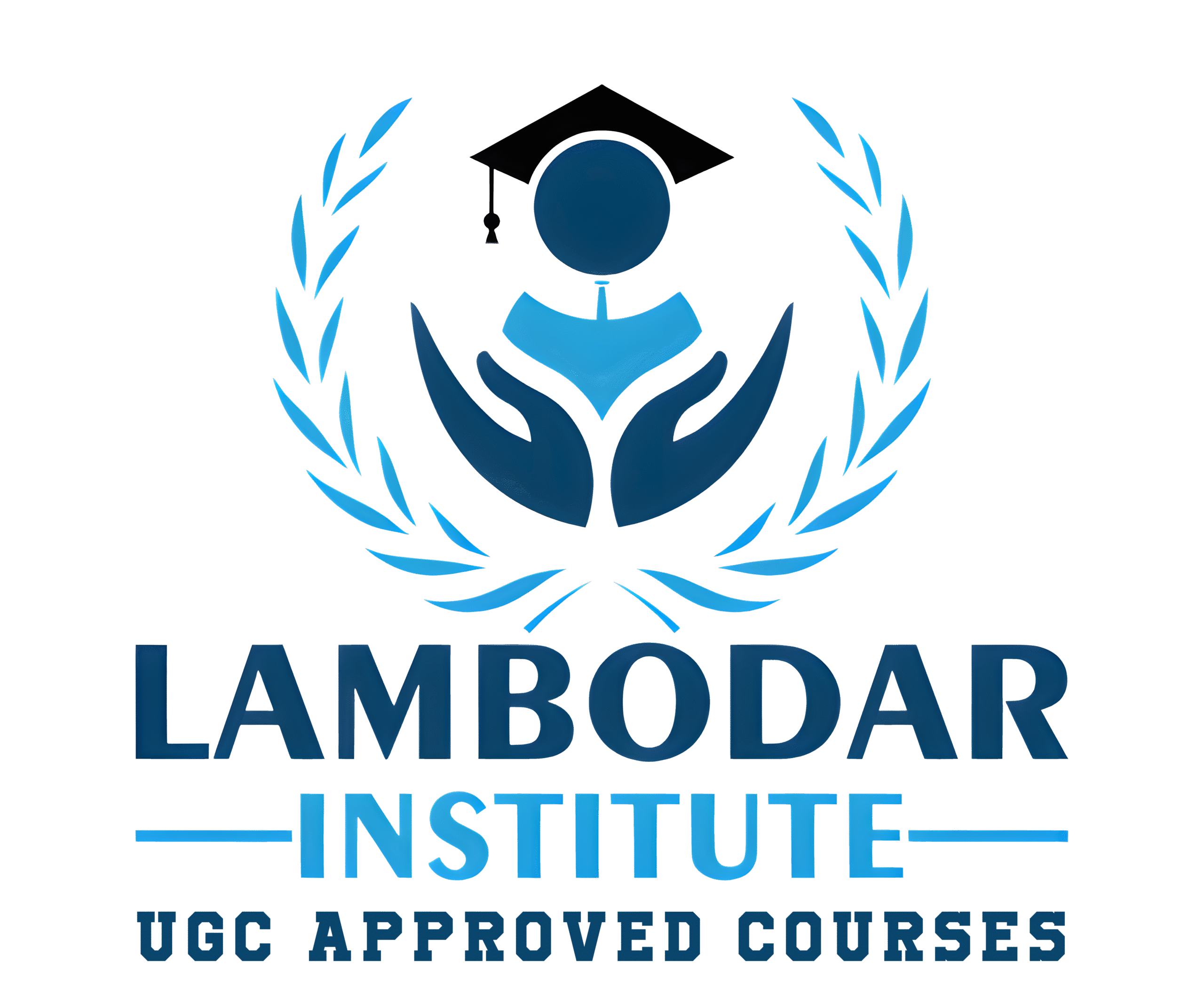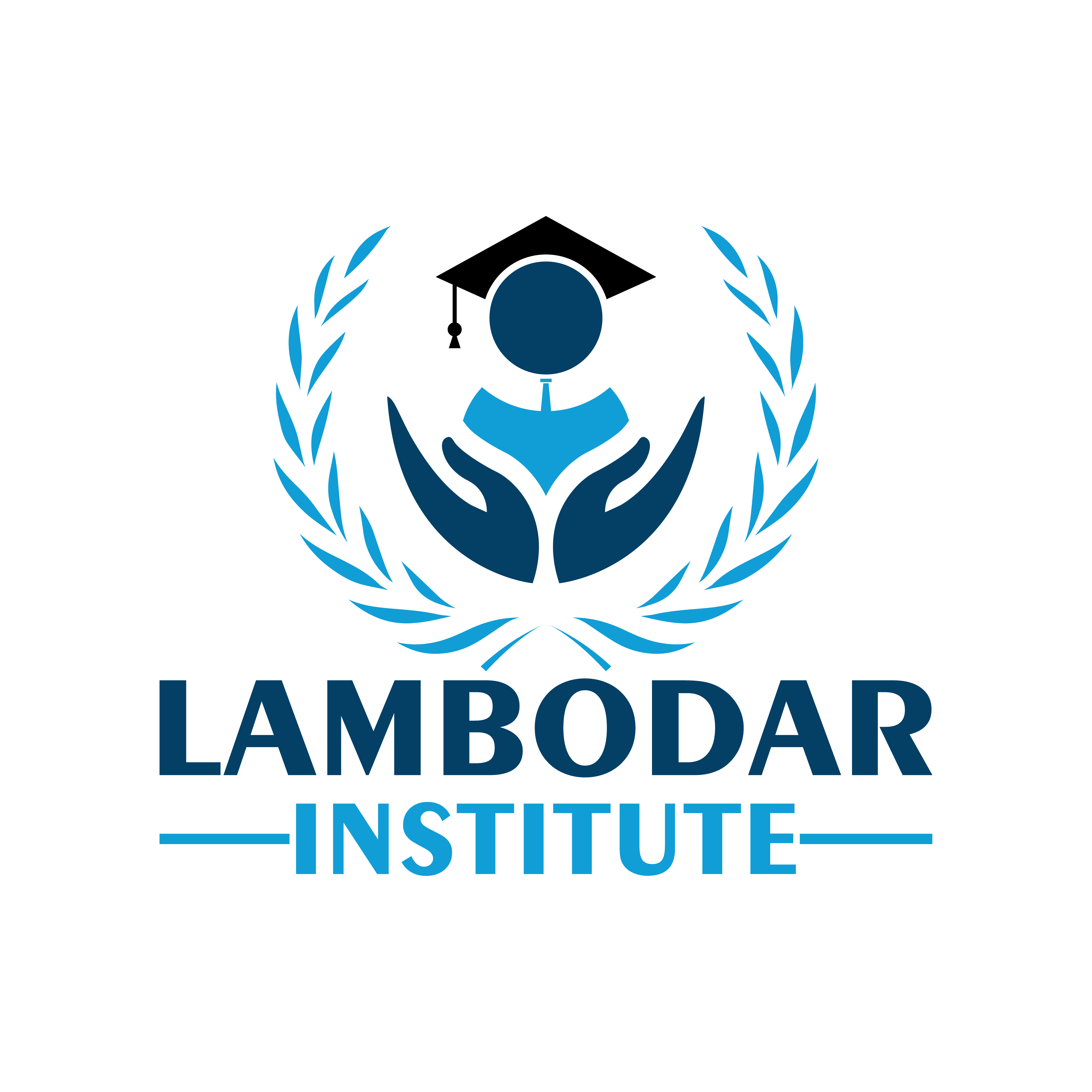What the course is
Full name: Bachelor of Vocation (B.Voc) in Radiology & Medical Imaging Technology. Lambodar Institute offers this as a three‑year undergraduate skill‑based program. Lambodar Institute
It’s meant to combine academic theory + hands‑on/clinical training. The idea is to learn imaging technologies (X‑ray, CT, MRI, ultrasound etc.), learn how to process images, ensure safety (especially radiation safety), patient handling, etc. Lambodar Institute+2Glocal University Vocational +2
Key components / syllabus (what you learn)
At Lambodar Institute, the course includes subjects roughly like:
Semester‑wise subjects (theory + practical):
| Semester | Core Theory Subjects | Lab / Practical Subjects |
|---|---|---|
| Sem 1 | Human Anatomy & Physiology I; Fundamentals of Radiology & Imaging; Orientation in Paraclinical Science; Medical Ethics & Patient Care; Fundamentals of Computers; General English & Soft Skills Lambodar Institute | Labs in Anatomy & Physiology I; Radiology & Imaging Fundamentals lab; Paraclinical Science; Patient Care & Ethics labs Lambodar Institute |
| Sem 2 | Human Anatomy & Physiology II; Patient Positioning & Clinical Radiography; Special Radiographic Procedures; Dark Room Techniques; Radiation Physics; Basics of Health Market & Economy Lambodar Institute | Corresponding practical labs in Radiography, Dark Room Techniques etc. Lambodar Institute |
They will also have further semesters covering imaging modalities (CT, MRI, ultrasound etc.), image processing, safety & quality, contrast media, advanced radiography techniques, etc. (These are typical in similar courses elsewhere in India.) Lambodar Institute+3University Dunia+3Glocal University Vocational +3
Duration, exit points
Duration: 3 years (six semesters) for the full degree. Lambodar Institute
Multiple exit points: after 1 year you might get a Diploma, after 2 years an Advanced Diploma, after 3 years the full B.Voc degree. Lambodar Institute claims these exit options. Lambodar Institute
Eligibility
Common eligibility across most places: Pass 10+2 (i.e. 12th grade) from a recognized board. Often Science stream (Physics, Chemistry, Biology) is preferred or required. Some institutes allow other streams but may need a bridge or remedial courses. tdu.edu.in+2Glocal University Vocational +2
Minimum marks required may vary (often ~50%) depending on institute. tdu.edu.in+1
Skills & practical exposure
You’ll learn / practice:
Patient positioning (crucial for imaging clarity and safety)
Operating imaging equipment (X‑ray machines, CT / MRI scanners, ultrasound etc.)
Radiation physics & safety / protection rules
Image processing, quality control
Handling contrast media, special procedures
Communication / patient care / soft skills
Clinical internships at hospitals / diagnostic centers for real‑world exposure
Lambodar Institute says their curriculum is aligned with NSQF (National Skills Qualifications Framework), which emphasizes skill development. Lambodar Institute
Fees (at Lambodar)
According to their site, annual fees are around ₹50,000/year, total for 3 years approx ₹1,50,000. Lambodar Institute+1
They also mention scholarships (50% for first 20 students) and loan / EMI facility. Lambodar Institute
Career scope & job roles
After completing this B.Voc, possible roles include:
Radiology Technician / Radiographer
X‑ray, CT, MRI, Ultrasound Technician
Imaging Assistant in diagnostic centres or hospitals
Medical equipment company roles (maintenance, support)
Tele‑radiology services
Quality control / image processing roles
With further study: specialization (e.g. advanced imaging, nuclear medicine), possibly supervisory / managerial roles
Salary depends on location, experience, employer; initial pay is often modest but can improve.
Pros of this course
More hands‑on/practical than pure B.Sc degree, so likely more job‑ready after finishing.
Multiple exit points are useful if you can’t complete full 3 years.
Imaging technology is a growing field (more diagnostics centers, more medical imaging demand).
If the institute has good labs and clinical exposure, it gives good technical experience.
Potential drawbacks / what to watch out for
Quality of training depends heavily on infrastructure, equipment availability, and clinical exposure. If the institution has outdated machines or few opportunities for hospital rotations, skills won’t be strong.
Recognition: If the B.Voc degree isn’t well recognized by hospitals or licensing bodies, job prospects can suffer.
Safety & regulation: Working with radiation means strict compliance with safety rules; you need good supervision and education in radiation protection.
Pay scale at entry might be low; growth depends on experience & further specialization.




